Citizen Chronometer in Steel
Bear with me; this one requires some exposition. Even if I constantly strive to feature the most interesting and niche selections across the entire market, I’d like to think every now and then I can still surprise. However, this morning, even I’m surprised. I’m surprised by how much mystery surrounds this Citizen Chronometer, how beautiful its designs remains, and how intricate its construction was. Sometimes the history of even the most benign watch can leave one speechless after a bit of scholarship.
To the best of my understanding, the Citizen Chronometer was borne to demonstrate the marque’s flagship ability. Not just to rival Grand Seiko, but raise the entire name’s stock. Post WWII, Citizen had seen steadily increased popularity within Japan, but not outside. That began to shift in 1959, when, to make a name for themselves, they launched Japan’s first water resistant offering: the Parawater. This led to a series of more ambitious launches to flywheel Citizen into the worldwide Zeitgeist, including the huge quartz push and Eco-Drive of the 1970s. It didn’t quite work out as intended, but that is the backdrop against which this timeless design rests.

The Chronometer was released in 1962. It carried an oversized balance (13.5mm) with ultra-fine adjustment which beat at a leisurely 18800 vph to ensure consistent amplitude over its laudable 53 hour reserve. The result was a chronometer spec -1 /+10s day. This is the antithetical approach of Grand Seiko’s 36000 angular cased, technological masterpieces. Citizen chose the classic (37mm) case proportion and classic movement architecture, but executed each with thorough attention. I’m not exaggerating.
It is said that the production and assembly of the Chronometer was entirely separate within Citizen, where one skilled watchmaker saw one piece’s construction through from beginning to end over the course of one day. This was the old way, from the Shokosha Watch Research Institute before it became Citizen. The line was not commercially a huge success, the process could not be scaled, and the line folded five years later.

This example sports a radially brushed silver dial with applied, beveled indices and dauphine hands. It is cased in steel though gold was also available. The text simply reads ‘Citizen Chronometer, 31 Jewels’. The case is razor sharp with lines proud. It comes from a midsize Japanese retailer, who called out that they acquired it from a well regarded Citizen collector. These aren’t hugely common and this is a great example.
Find this Citizen Chronometer here from Arbitro for 5830 USD.


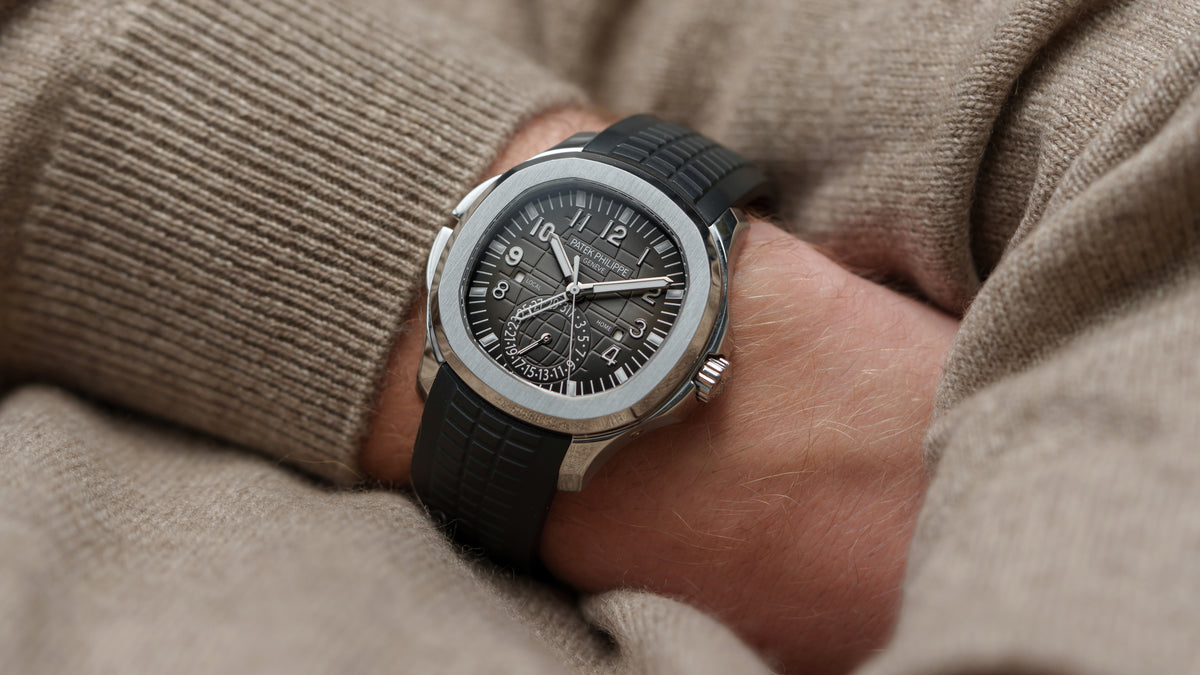

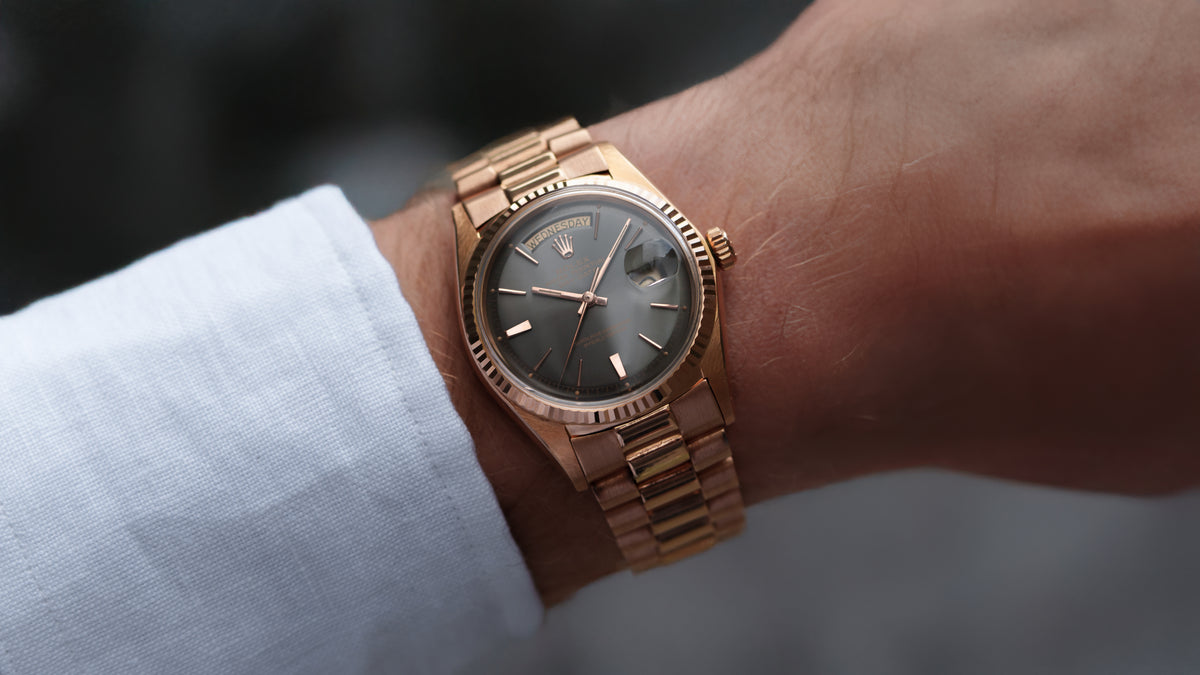
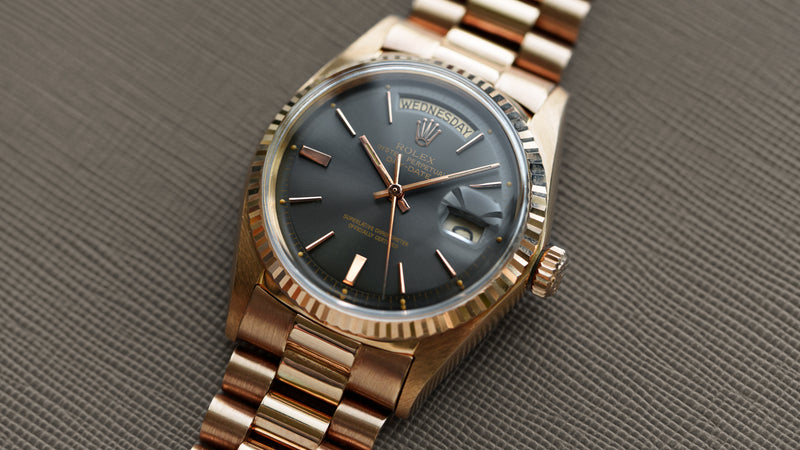

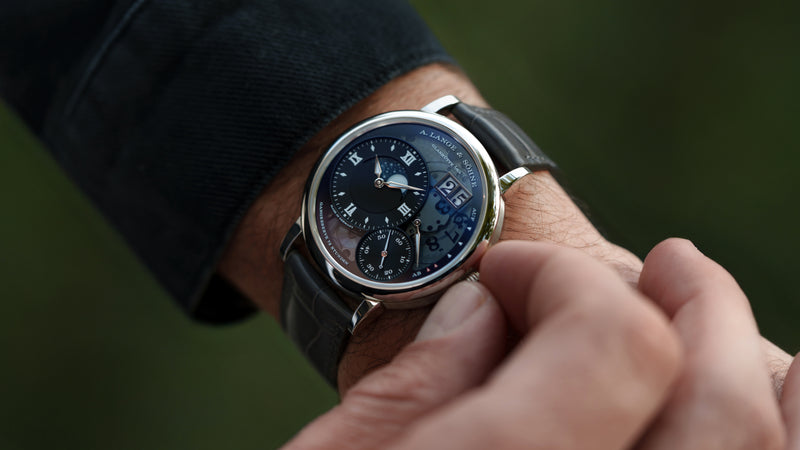
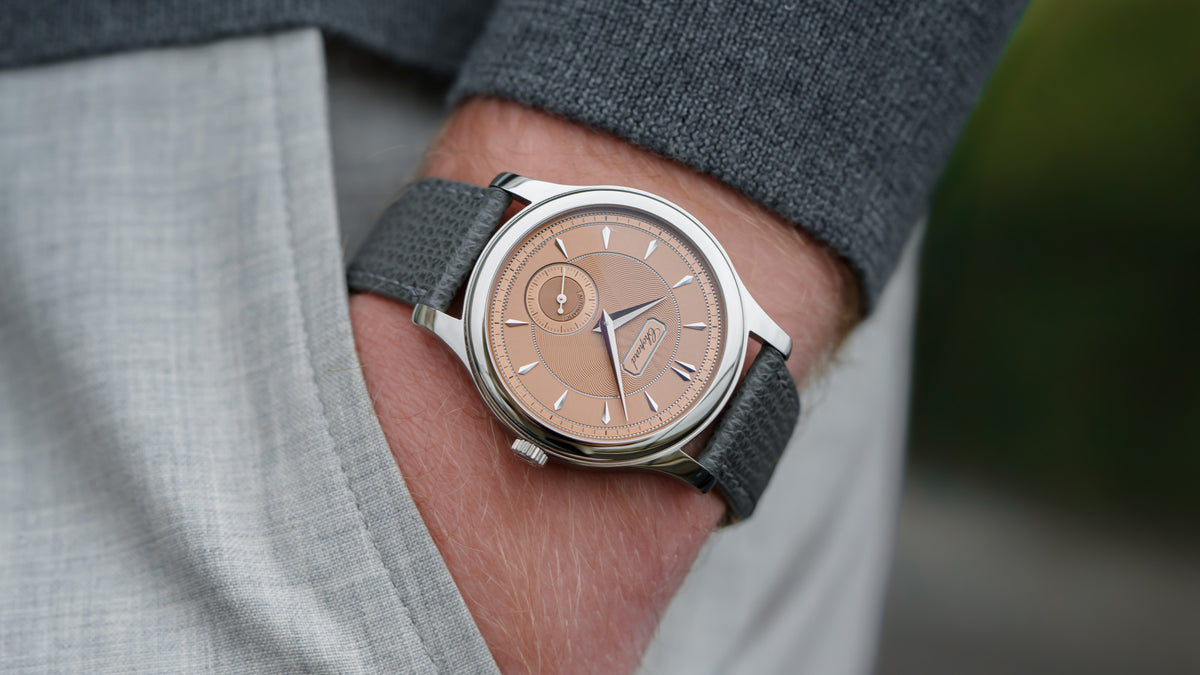
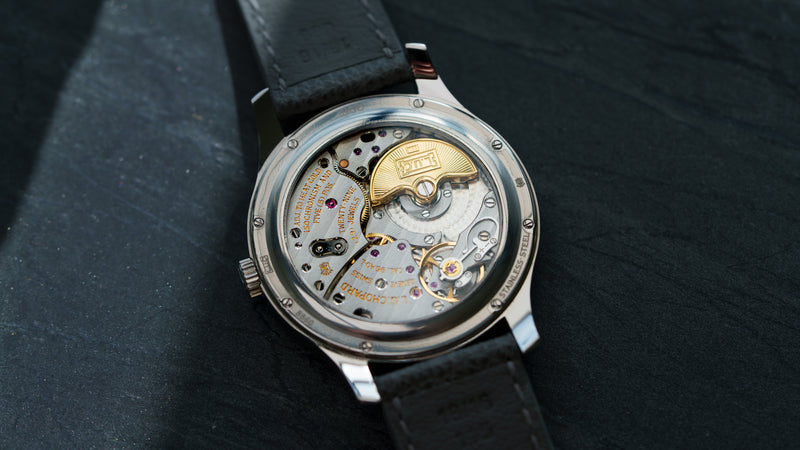

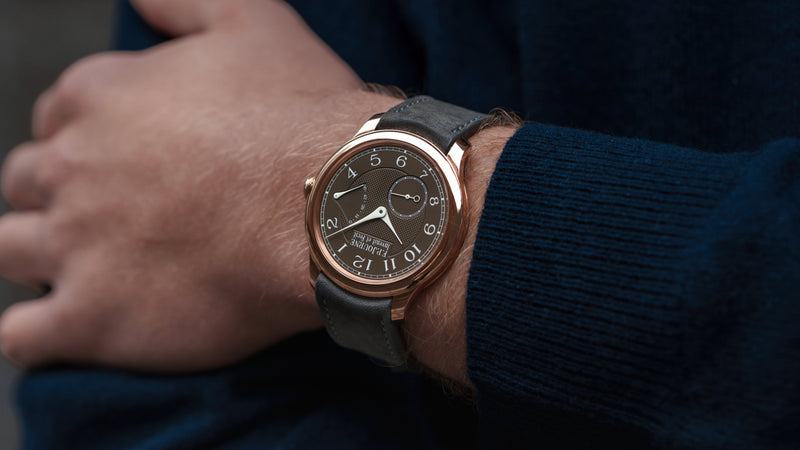
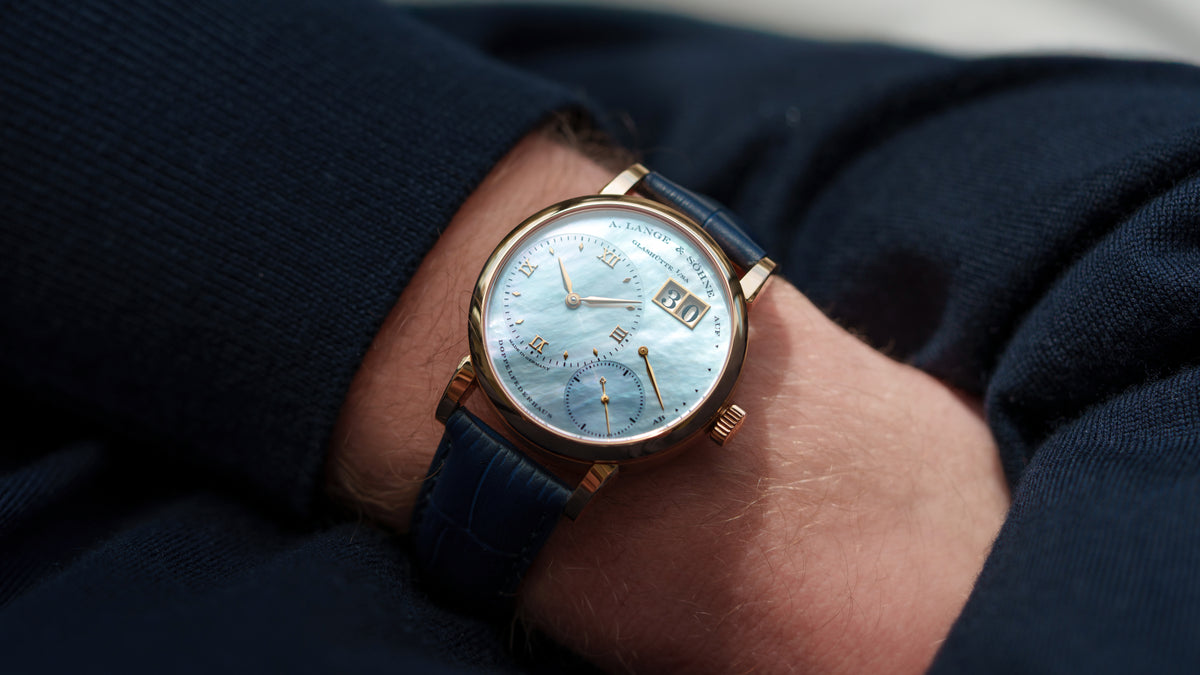
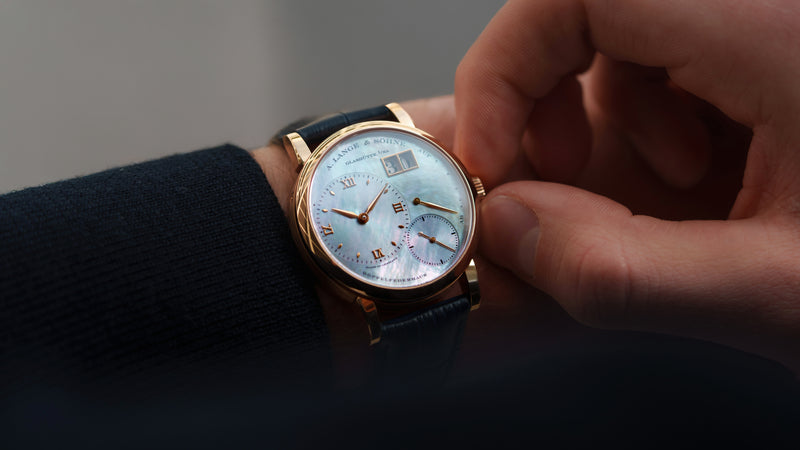


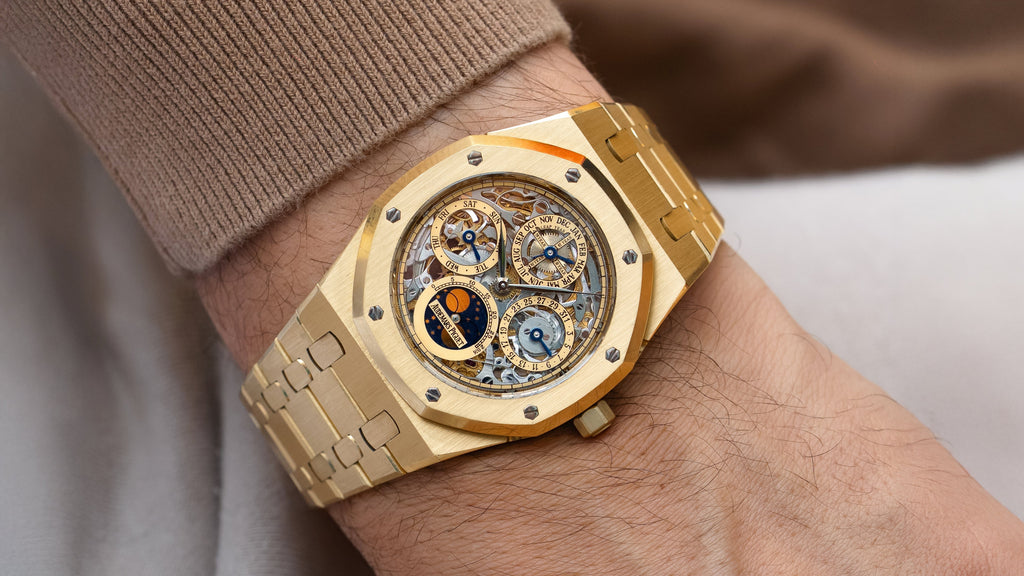
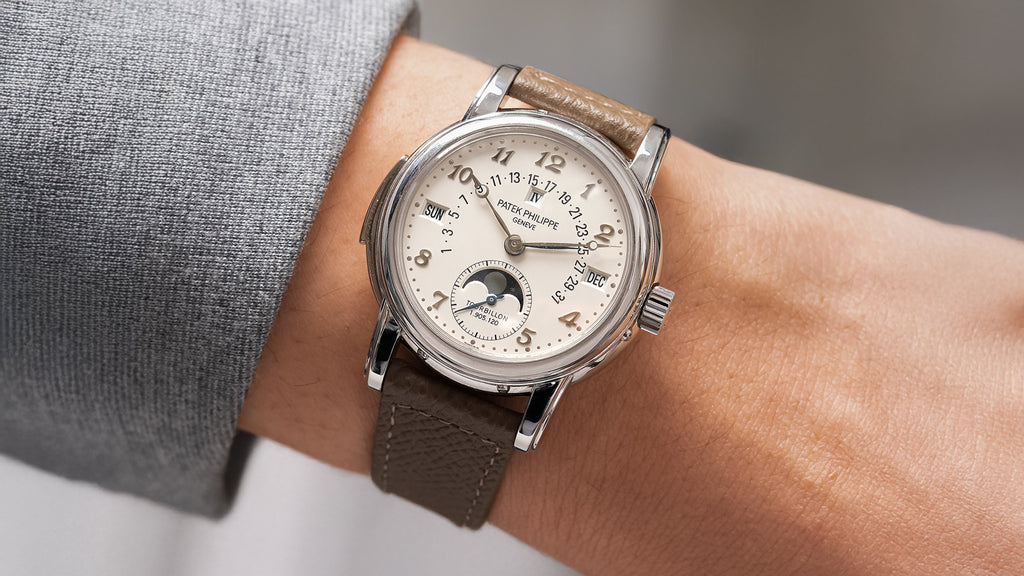
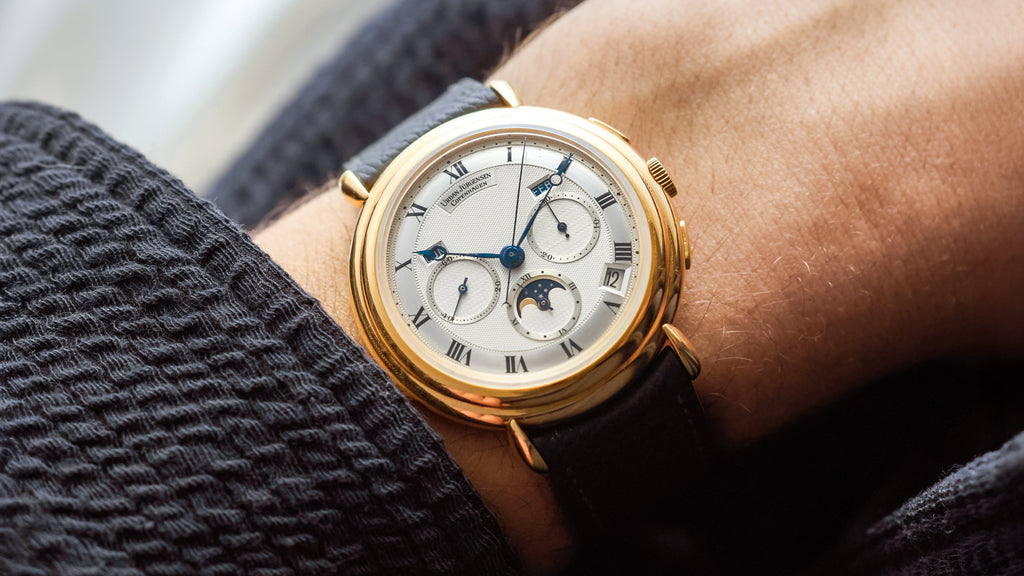




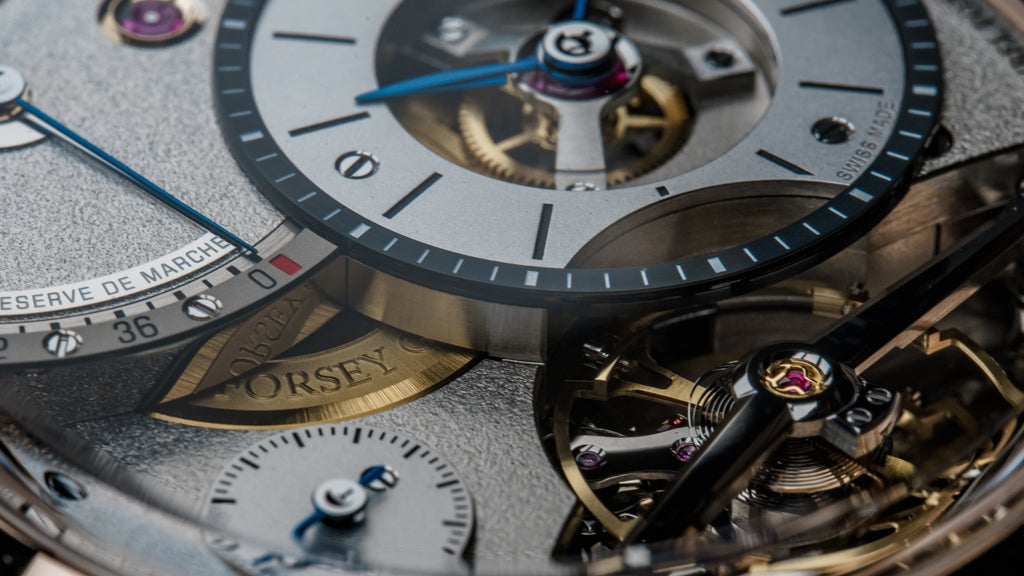
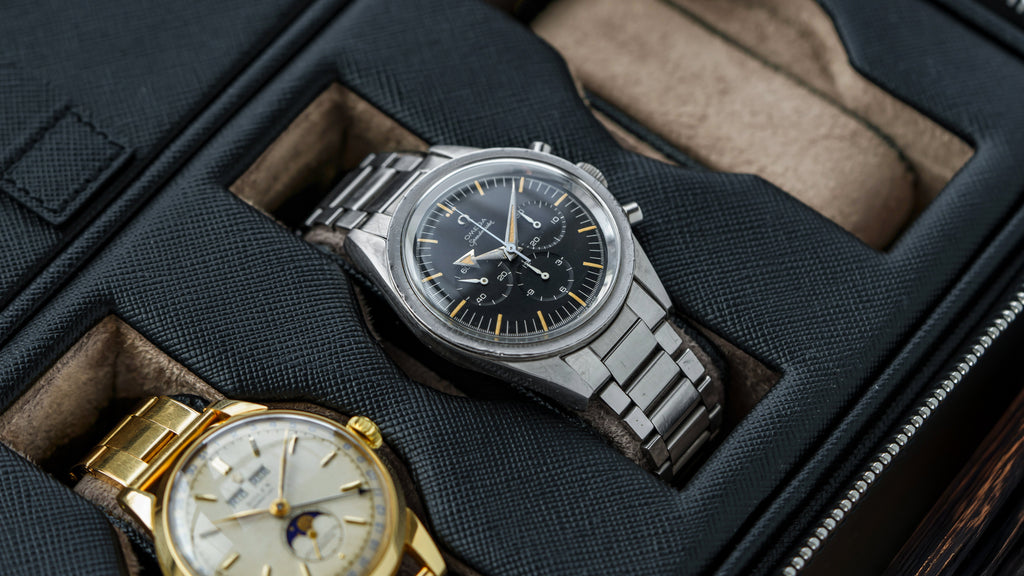

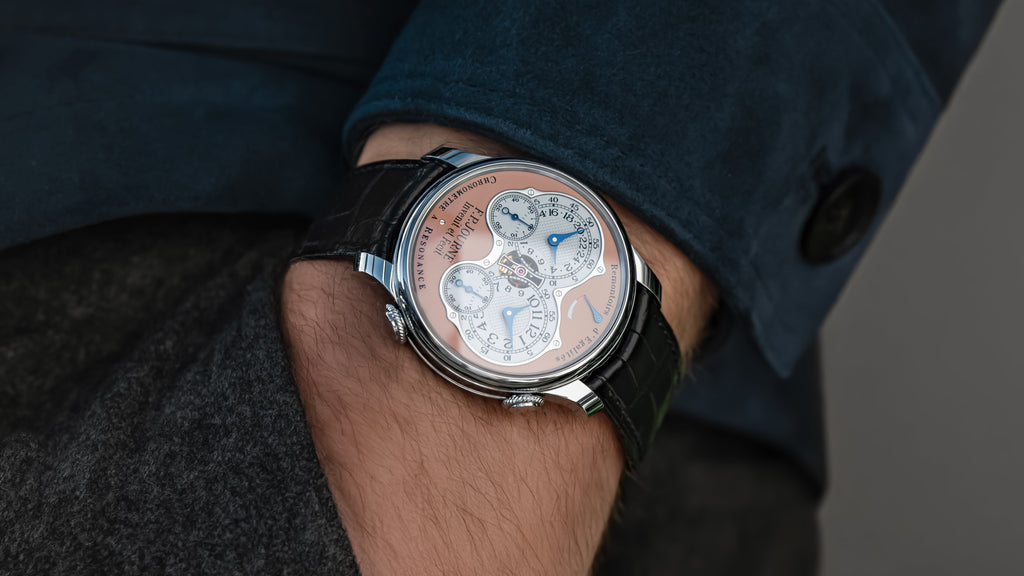
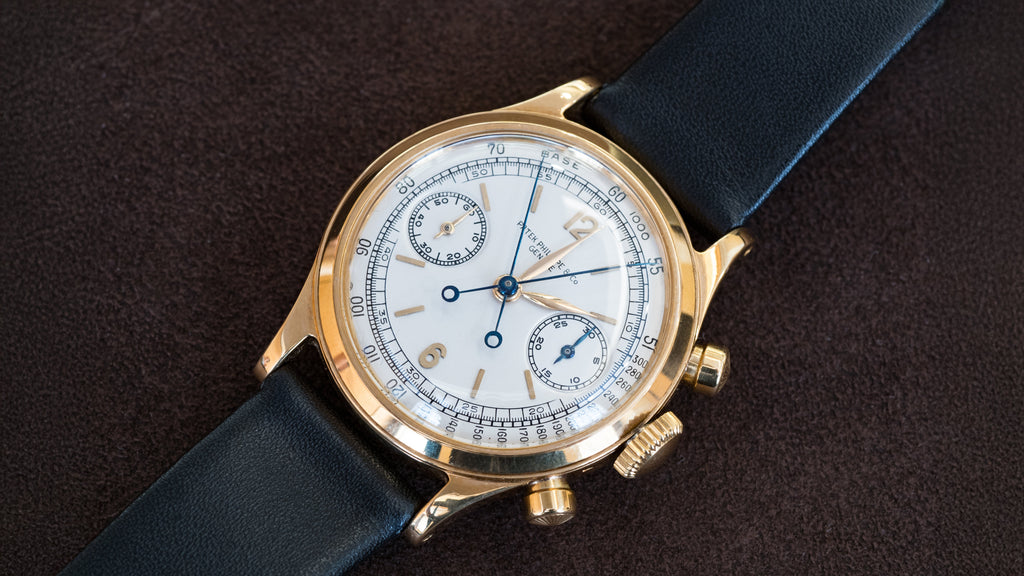




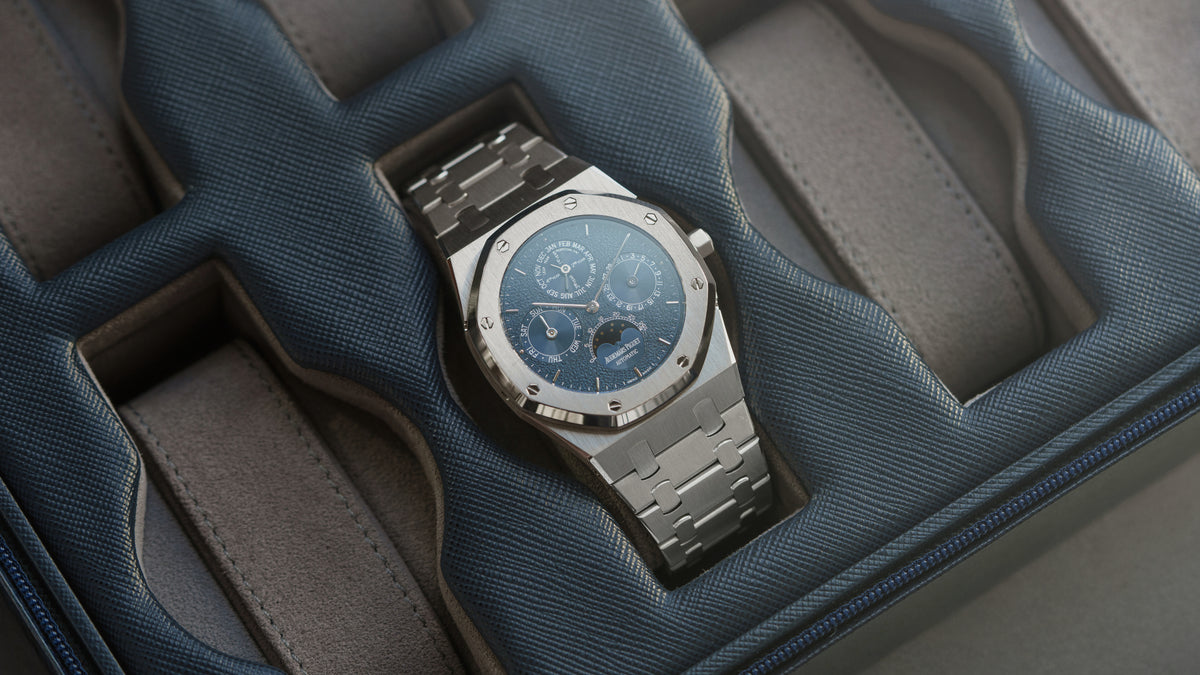
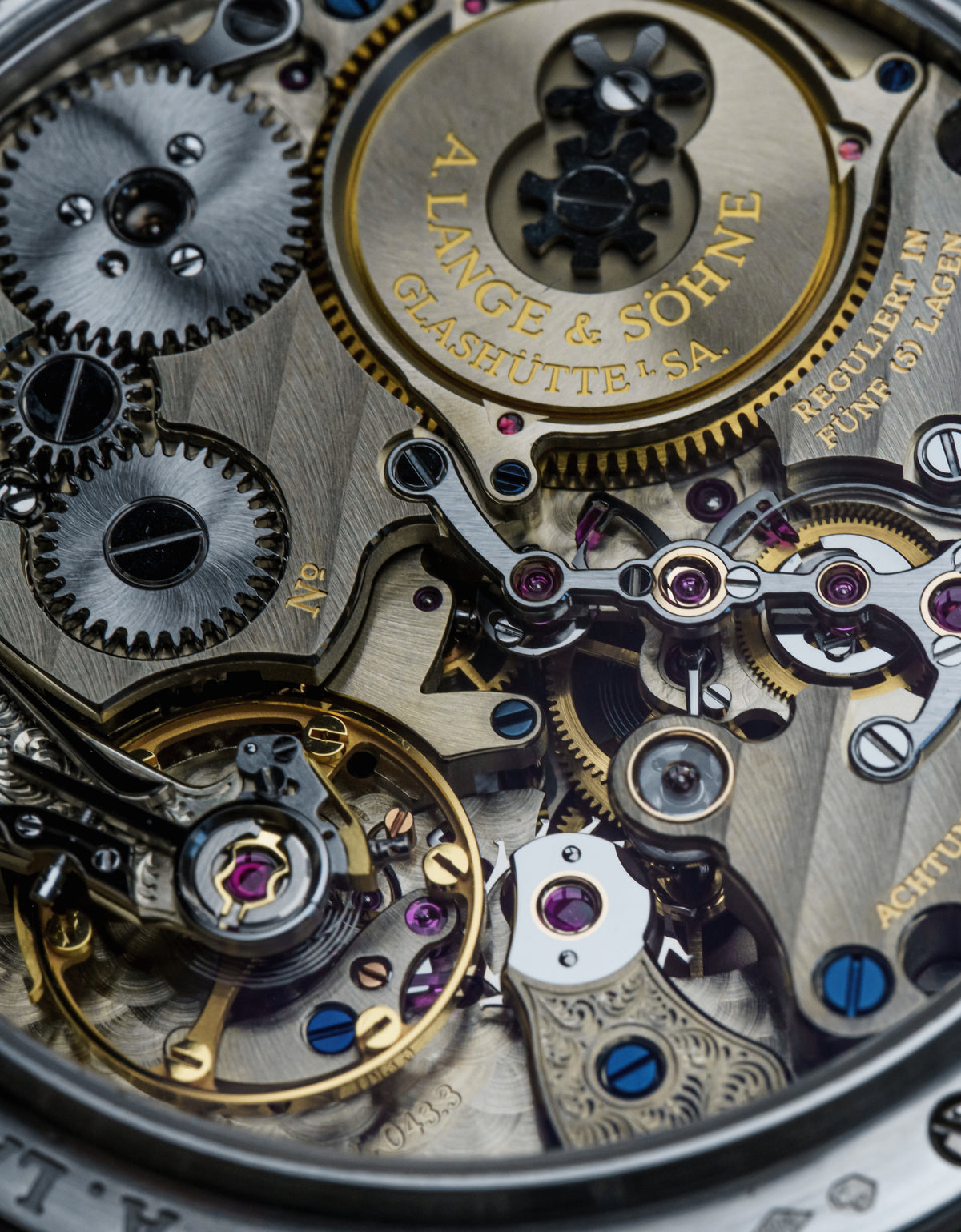




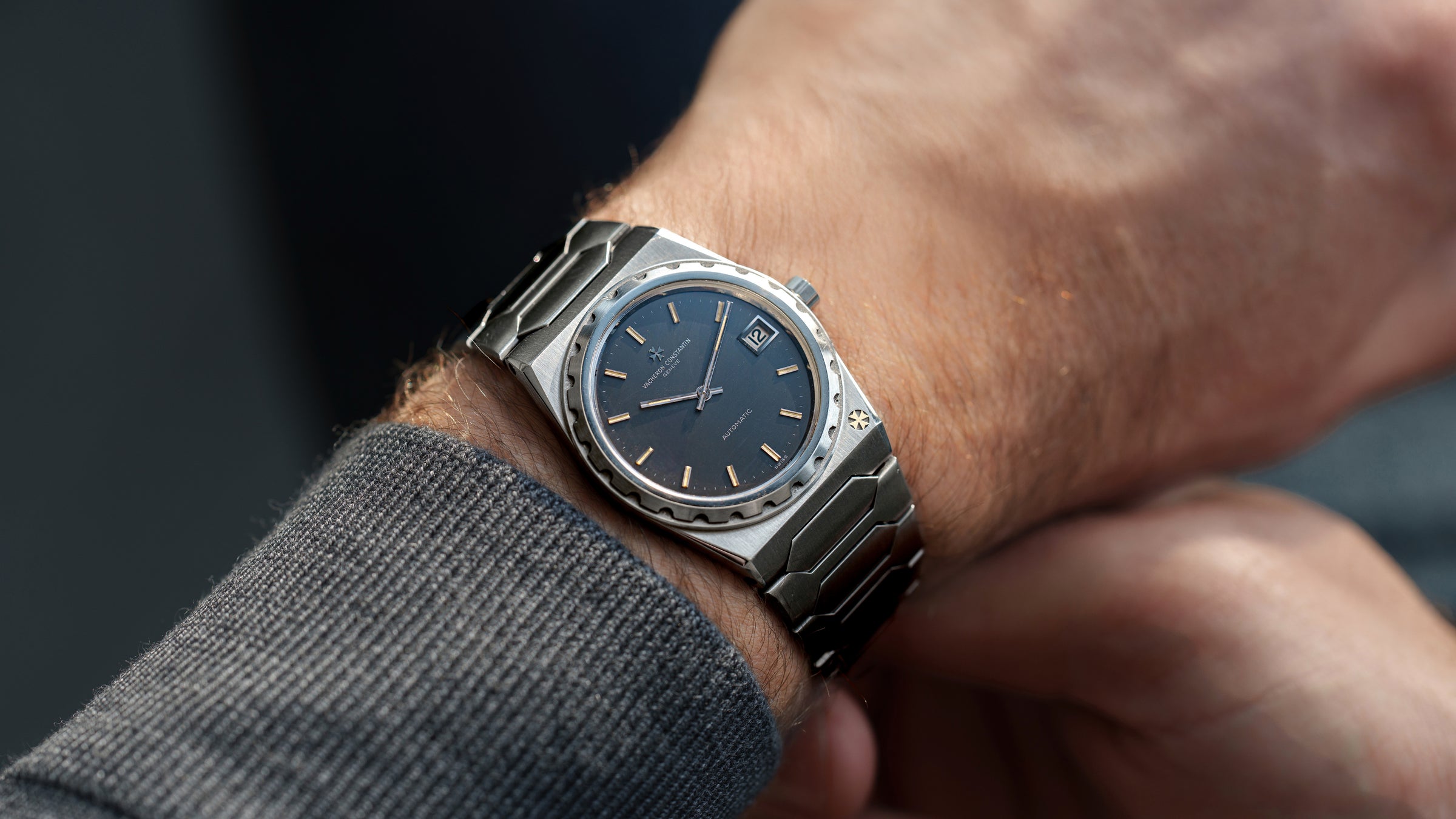
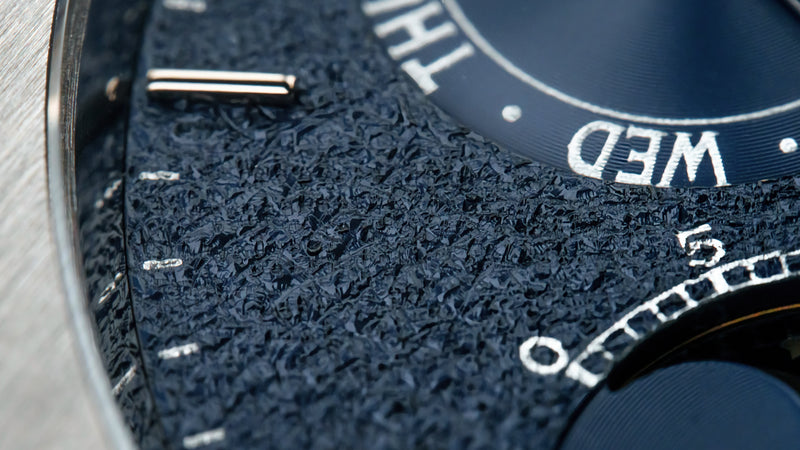

0 comments
Write a Comment